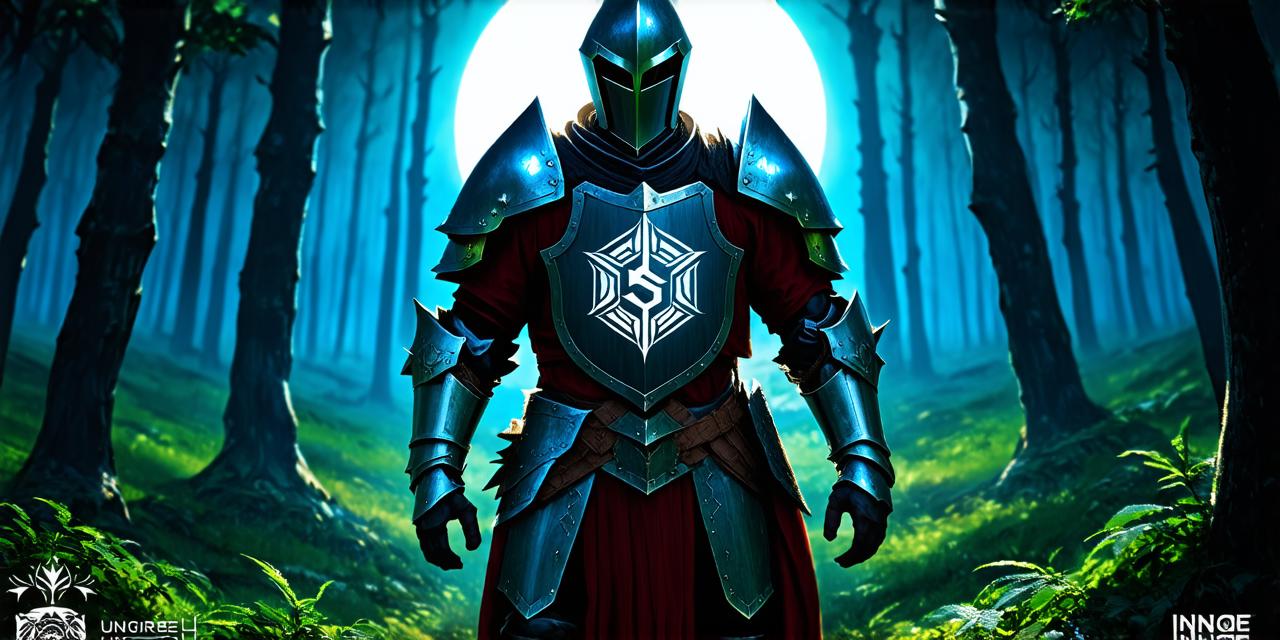C++ vs. Blueprints: The Pros and Cons
Both C++ and Blueprints are powerful tools for creating games in Unreal Engine 5. However, they have different strengths and weaknesses that you need to consider before choosing which one to use.
C++ is a programming language that provides developers with complete control over the game’s logic, performance, and memory management. It allows developers to write optimized code, access low-level features, and create custom plugins and extensions. However, C++ can be challenging to learn and requires a lot of time and effort to master.
Blueprints, on the other hand, is a visual scripting tool that provides developers with an easy-to-use interface for creating game logic without writing code. It uses drag-and-drop elements to create custom workflows, automate repetitive tasks, and integrate advanced features. Blueprints are ideal for prototyping, iterative development, and collaboration. However, they may not be suitable for complex or performance-critical code, and they cannot access low-level features directly.
Integrating Advanced Features with C++
If you need to create advanced game mechanics, AI, physics simulation, or animation systems, then using C++ is the best choice. C++ provides direct access to Unreal Engine’s low-level features, allowing you to write custom code that can optimize performance and achieve high-quality results. Here are some examples of how you can use C++ in your RPGs:
- AI: Use C++ to create advanced AI algorithms, such as pathfinding, behavior trees, or neural networks, that can make your NPCs more intelligent and realistic.
- Physics simulation: Use C++ to create custom physics systems that can simulate complex physics scenarios, such as collisions, rigidbody dynamics, or soft body physics.

- Animation systems: Use C++ to create advanced animation systems that can animate characters, objects, and environments in real-time, using techniques such as motion capture, animation blending, or procedural animations.
- Networking: Use C++ to create custom networking code that can handle low latency, high throughput, and scalable multiplayer scenarios, using techniques such as client-server architecture, load balancing, or peer-to-peer communication.
Integrating Advanced Features with Blueprints
While C++ provides more control and flexibility, Blueprints can also be used to integrate advanced features into your RPGs, especially if you are new to programming or want to focus on game design rather than code. Here are some examples of how you can use Blueprints in your RPGs:
- AI: Use Blueprints to create basic AI behaviors, such as patrol, chase, or react, that can make your NPCs more interactive and engaging. You can also use Blueprints to visualize and debug complex AI algorithms using the Visual Script Editor (VSE).
- Physics simulation: Use Blueprints to create simple physics scenarios, such as collision detection, rigidbody dynamics, or gravity, that can make your game world feel more realistic. You can also use Blueprints to integrate advanced physics systems using plugins and custom nodes.
- Animation systems: Use Blueprints to create basic animation sequences, such as walking, running, or attacking, that can animate characters and objects in real-time. You can also use Blueprints to import animations from external tools, such as Maya or Blender, using the Animation Toolkit (ATK).
- Networking: Use Blueprints to create basic networking scenarios, such as client-server communication, load balancing, or peer-to-peer synchronization, that can make your multiplayer game more robust and scalable. You can also use Blueprints to integrate custom networking plugins and extensions using the Plugin SDK.
Optimizing Performance with C++ and Blueprints
Performance is critical for RPGs, especially when dealing with complex



